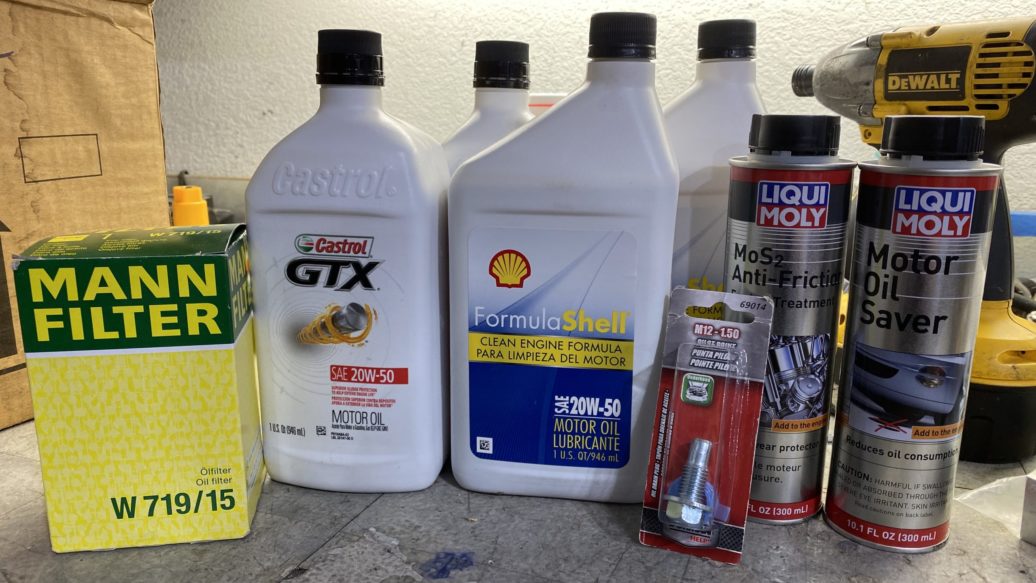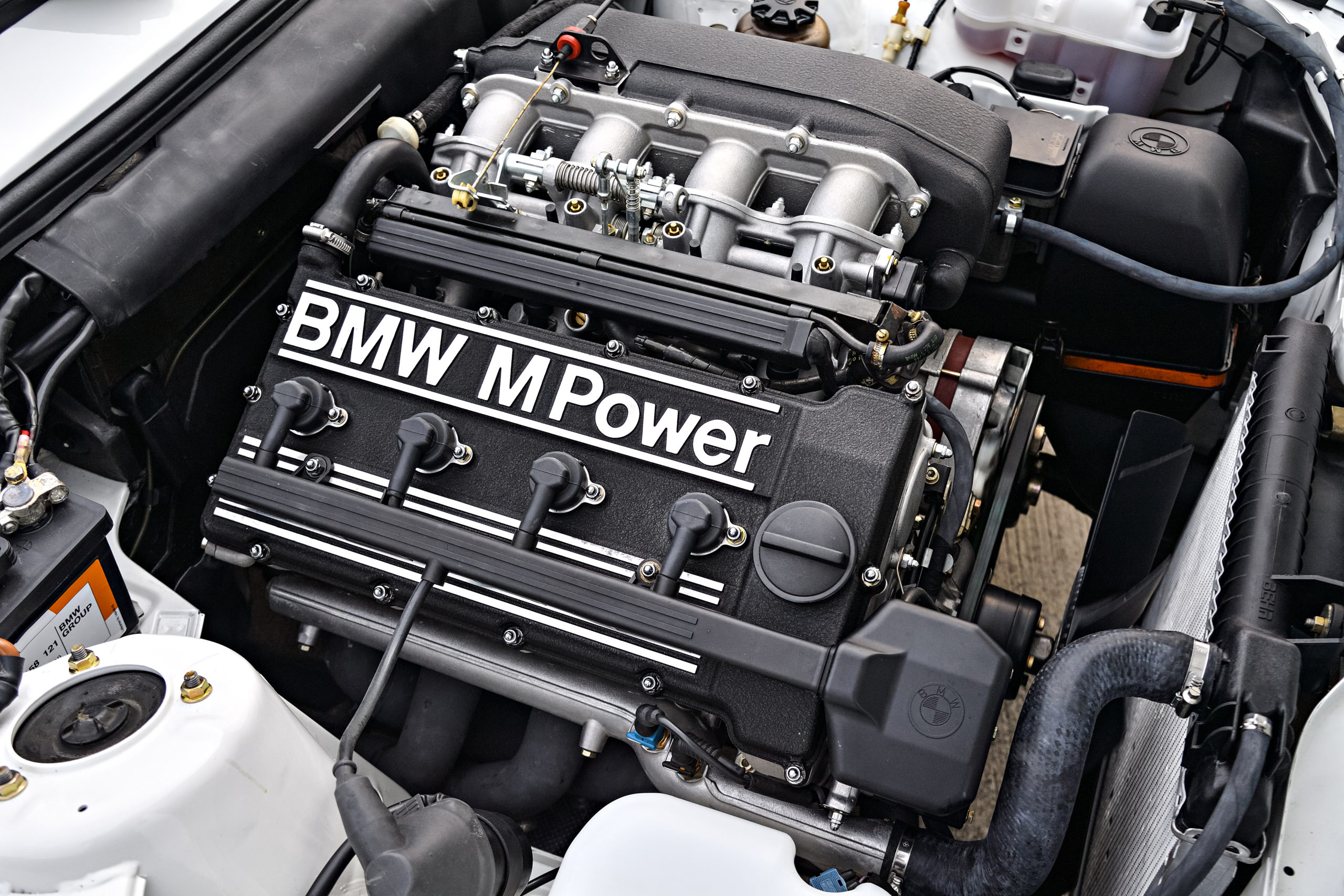All additives are snake oil, right? Well, maybe not all, but probably most of them, right? The main problem I’ve found with most additives, whether they’re intended for the crankcase, gas tank, transmission, or somewhere else, is that it’s often very difficult to tell whether or not they’re actually working.
To be clear, I’m not referring to the fix-in-a-bottle products—for example, those that claim to cure a coolant leak (I’ve long since learned my lesson about contaminating a cooling system with silica sludge that invariably finds its way into the block). Instead, I’m talking about the kind of additives that claim to reduce internal engine wear, clean out your fuel system, or help your older automatic transmission shift a bit smoother. My problem is that even though it can be nearly impossible to tell whether or not these additives are doing anything, I still find myself wanting to try them before I write them off.
I’ve long subscribed to the notion that modern gasoline and oil are better than they’ve ever been in terms of additive packages and detergents; as long as you stay within some type of rational maintenance schedule and are diligent about changing fluids, you’ll probably never actually need any additives. Nevertheless, there’s still a part of me that thinks they could help, and considering how cheap some of these products are, they seem like they certainly can’t hurt.
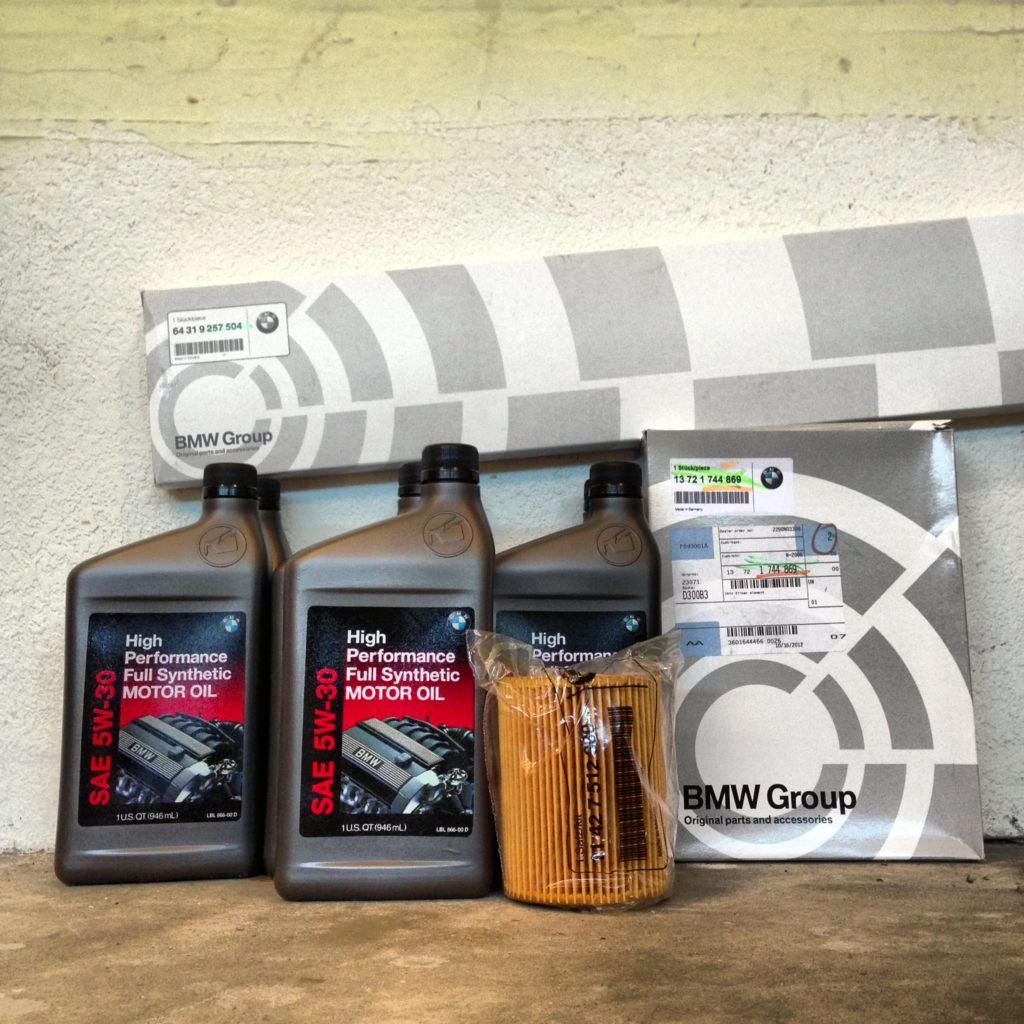
A self-assembled oil service kit for my dearly departed E46 330i, circa 2012: I didn’t always use additives, but I’ve since warmed up to the idea.
I’ve been using additives and treatments like Techron (BMW sells their own version of the same thing, in the same bottle) and various other fuel-system cleaners for almost as long as I’ve been driving, but over the past several years, I’ve also warmed up to oil and transmission-fluid additives. Again, I can’t say for certain whether or not they work, but from a seat-of-the-pants perspective, my positive experiences have encouraged me to keep trying new things. Again, it could all be psychosomatic, but I swear that I can feel my E30 325e roll with less resistance after I changed the differential fluid last summer and added some Liqui Moly MoS2 for gears to the fill.
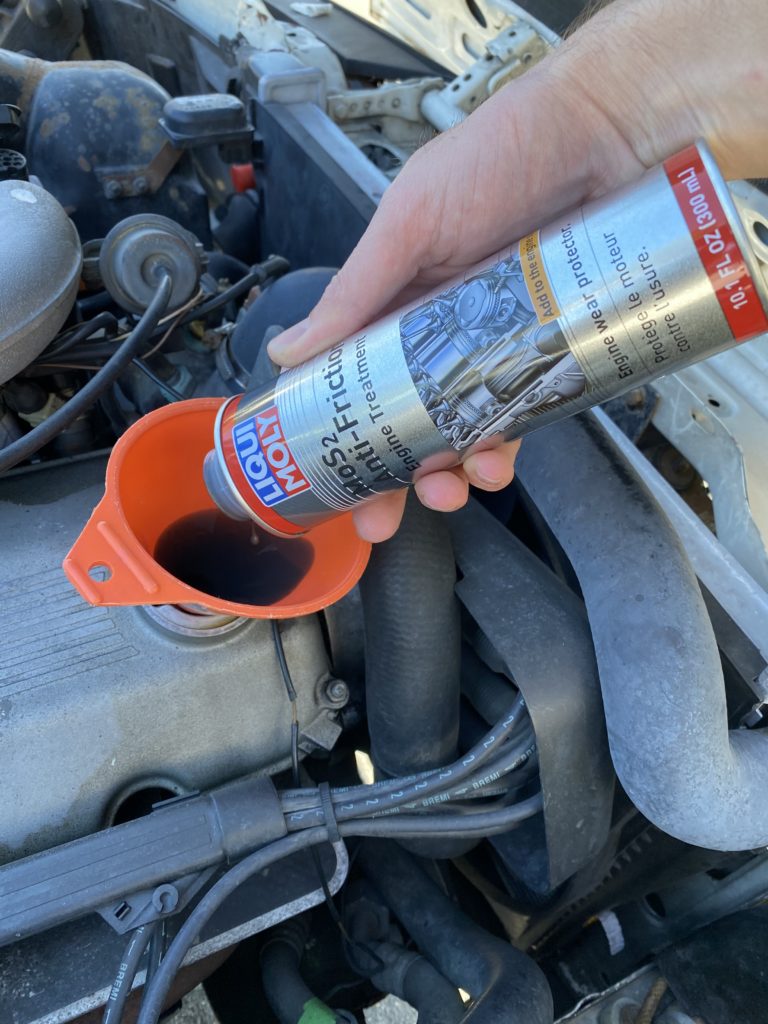
Liqui Moly makes MoS2 for your crank case…
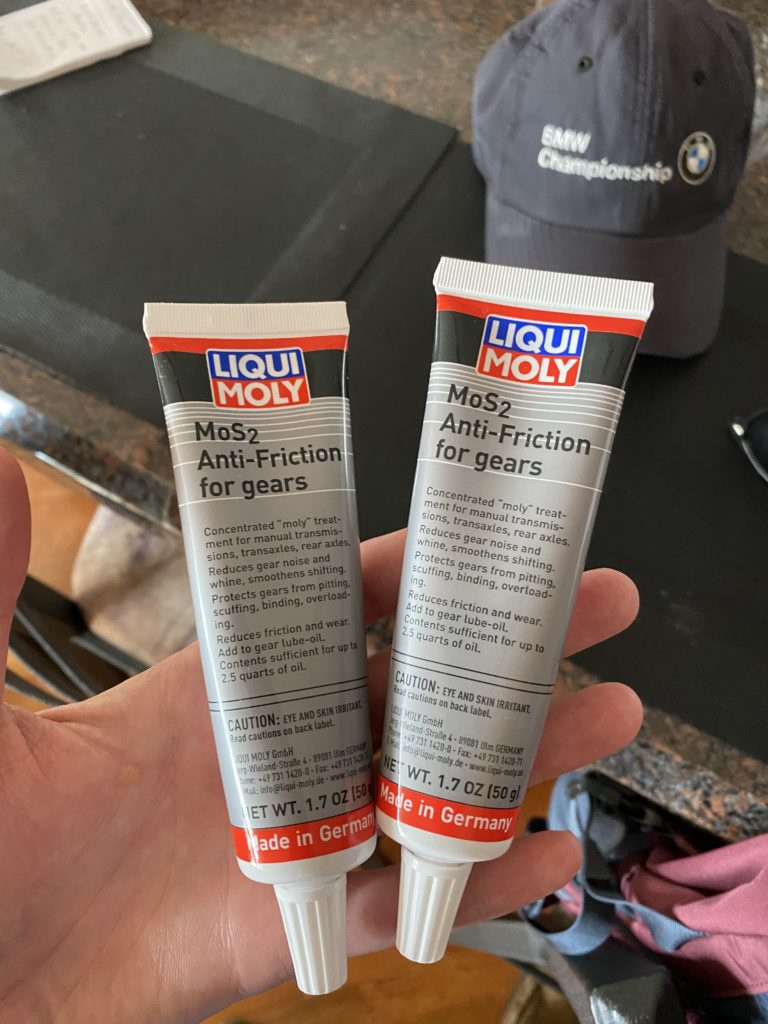
…and for your differential pumpkin.
I used to get a kick out of Liqui Moly’s products using German names, like Ventil Sauber for their valve cleaner, and found a certain sanguinity in using high-quality German additives in my high-quality German cars. I still use Liqui Moly products, and in recent years, I’ve actually started using more of them. When I change the oil in my E30’s M20B27 inline six, instead of relying solely on high-quality oil and a good filter, I also add cans of Liqui Moly MoS2 and Oil Saver to the crankcase.
It’s too soon to tell if the MoS2 is doing anything—people swear by the stuff, but my latest oil analysis report coming back with a good bill of health could easily be attributed to using better oil and changing it more frequently than in the car’s past—but I’ve become convinced regarding the efficacy of the Oil Saver. The reason is simple: Since I started adding a can of Oil Saver to the crankcase during each oil service, the car seems to leak and burn less oil—exactly what the back of the can says. It’s a subjective indicator, but I know that something has improved when I’m adding less and less oil between each oil service.
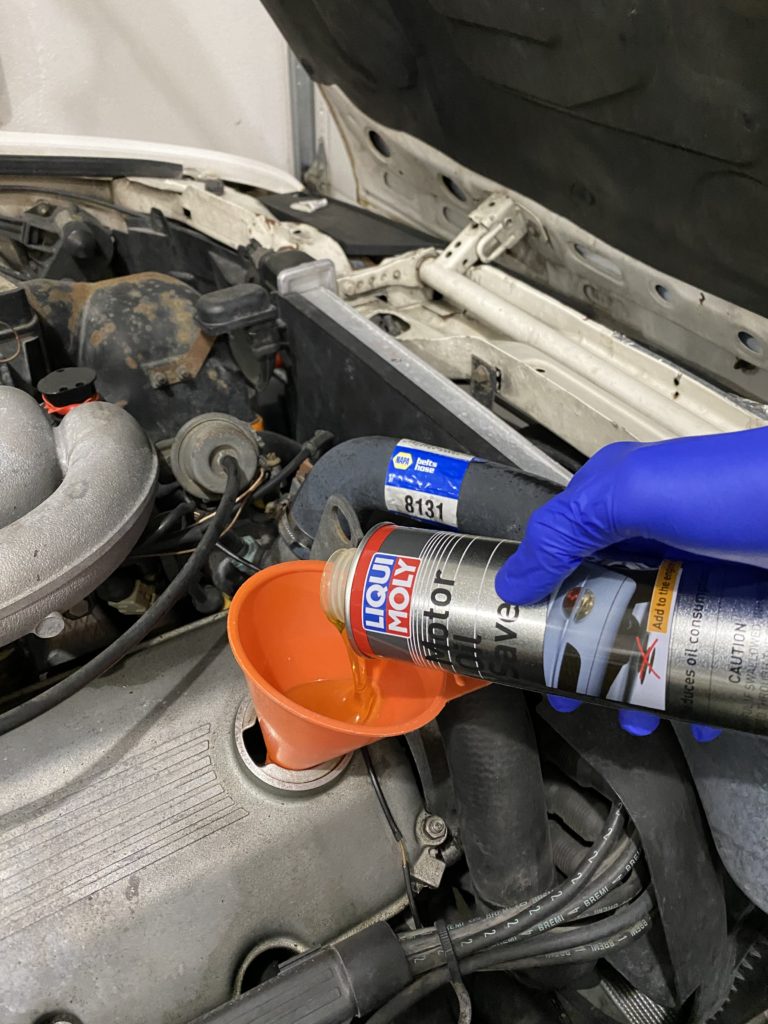
The good stuff.
My experience with Liqui Moly Oil Saver has been positive enough that I’ve recommended it to a friend—who experienced similar results—and I’ve also used it in one of my other cars. That car isn’t a BMW, but it’s approaching a quarter century in terms of age, and 150,000 miles in terms of its odometer reading. It doesn’t have the myriad leaks of my old, tired E30, but there is some seepage occurring around the oil-pan gasket, and I figured that the additive couldn’t hurt.
Since I’ve been adding Oil Saver, the car hasn’t left one drop of oil on the ground, and if the description on the back of the can is to be believed, it’s also supposed to be helping the various seals and other rubber bits within the engine. For around $10 a can, I look at it the same way I do an oil service: It’s cheap insurance.
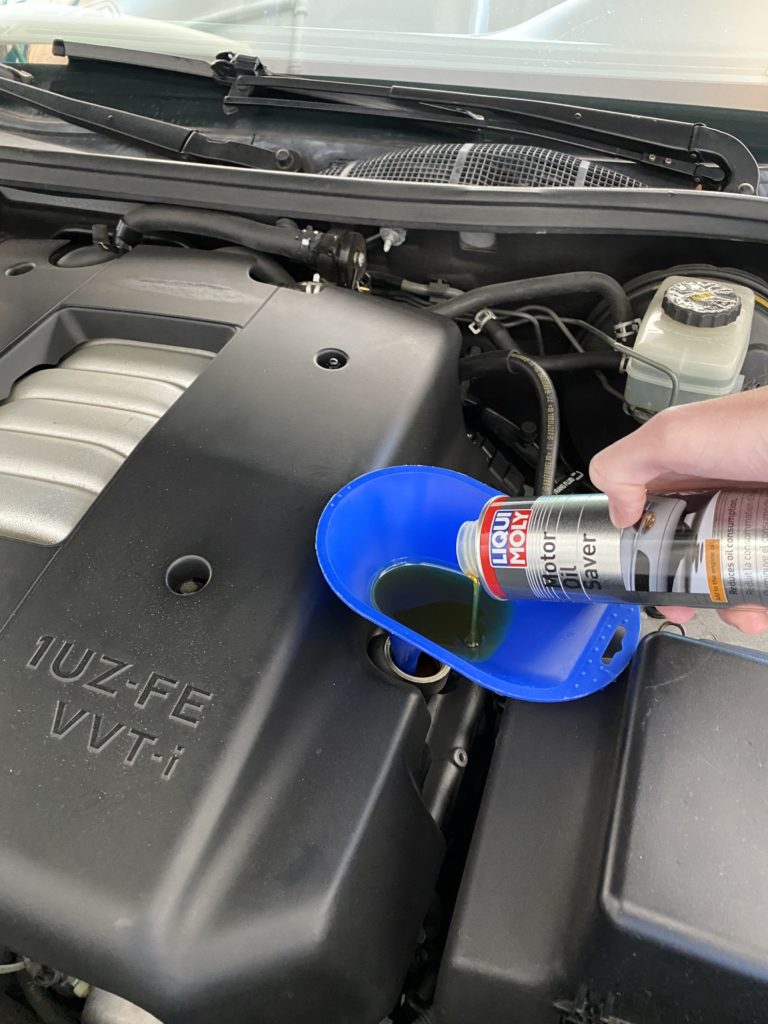
If it’s good enough for my BMWs, it’s good enough for my Lexus.
I can offer another subjective testimonial in regard to transmission-fluid additives. I believe that if you own a vehicle with an automatic transmission that uses a torque converter (as most of them have for the past 60 or more years), regular changing of the fluid and cleaning of the filter screen (if possible) are imperative to the long-term survival of the transmission. Automatic transmissions were among the first components that served to demonstrate how so-called lifetime fluids are anything but, and depending on the specific transmission type, it can be advisable to change the fluid as often as every 30,000 miles.
I would think that similar logic can be applied to dual-clutch transmissions as well, but with their fluid being significantly more expensive, and the transmissions seeming a bit more durable, it may be possible to extend the service interval—but please consult your mechanic or service advisor before doing so.
With longevity in mind, I’ve always been willing to pay for an automatic-transmission fluid service, even if it’s merely for my own peace of mind. I’ve found that a simple drain and refill (I stay away from doing a flush for obvious objections) can occasionally breathe new life into an older automatic. What seemed to help even more, however, was running an ATF additive like Liqui Moly, or K&W Trans-X. In my experience, both of these additives work to allow a transmission to shift more smoothly and operate with less resistance, at least temporarily. The only true cure for a slipping automatic transmission is a rebuild or replacement, but additives are still worth a try. I’ve also always run them with newer ATF.
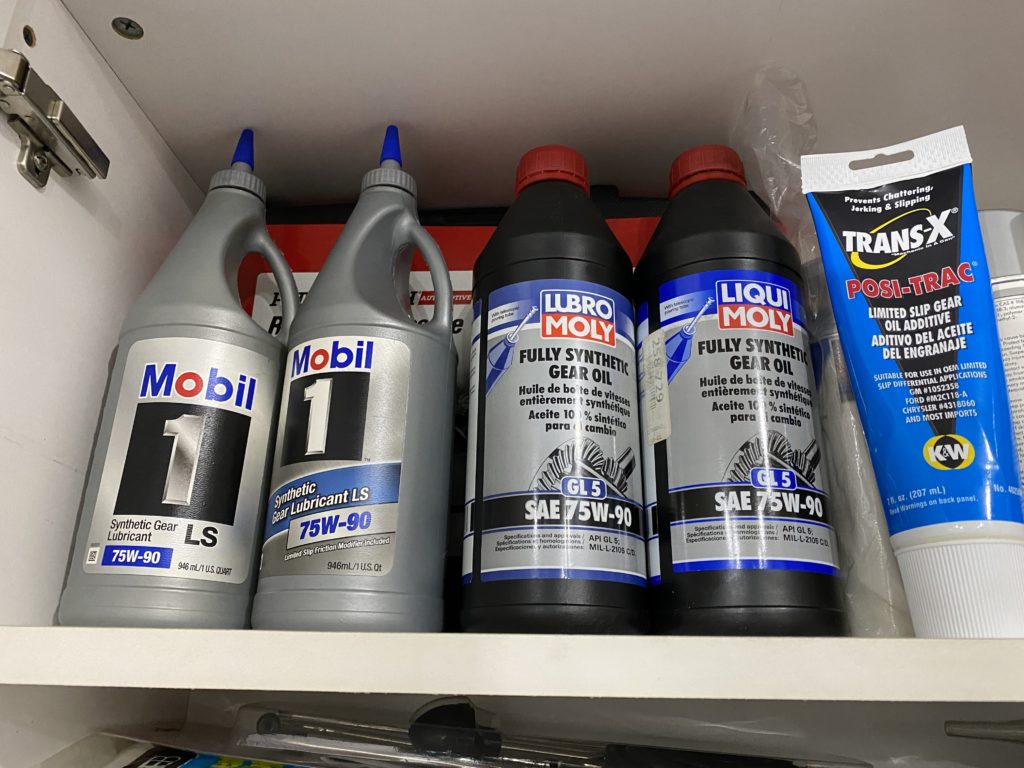
I like to keep a few other additives in the garage cupboards as well. I haven’t done a crankcase flush in several years, but when I did do them fairly regularly, my favorite products were Sea Foam Motor Treatment and Liqui Moly Engine Flush. I haven’t done any type of engine flush in a while because I’ve been paying for used-oil analysis after nearly every service, but I think that when they’re used properly, these products can pay for themselves—especially if your engine contains oil sludge from infrequent service internals.
Marvel Mystery Oil is another favorite of mine, even though it’s been around since 1923. If you’re going to attempt to start a long-dead engine, pouring bit of this ancient elixir through the spark-plug ports so that it can enter the combustion chamber and help free the piston rings is never a bad idea, and it can also be used to supplement oil in the crankcase.
I’ve also tried numerous other additives from Lucas, Liqui Moly, and other brands—and not all of the experiences and results have been positive. A previous BMW of mine developed an infamous hydraulic-valve-actuator (lifter) tick at high mileage, and although the one true solution is to pull the cylinder head off and give it the rebuild it’s ready for, I tried an array of different oils and additives first. These included Liqui Moly’s own lifter-noise additive, and a few other engine and oil treatments. The consistency of one of them was so thick, it was like pouring honey or molasses into my engine. I followed all of the instructions to a T, and did everything I could to flush the crankcase between services, but the best results I could achieve were a brief elimination of the lifter tick right before or after an oil service—but it never lasted.
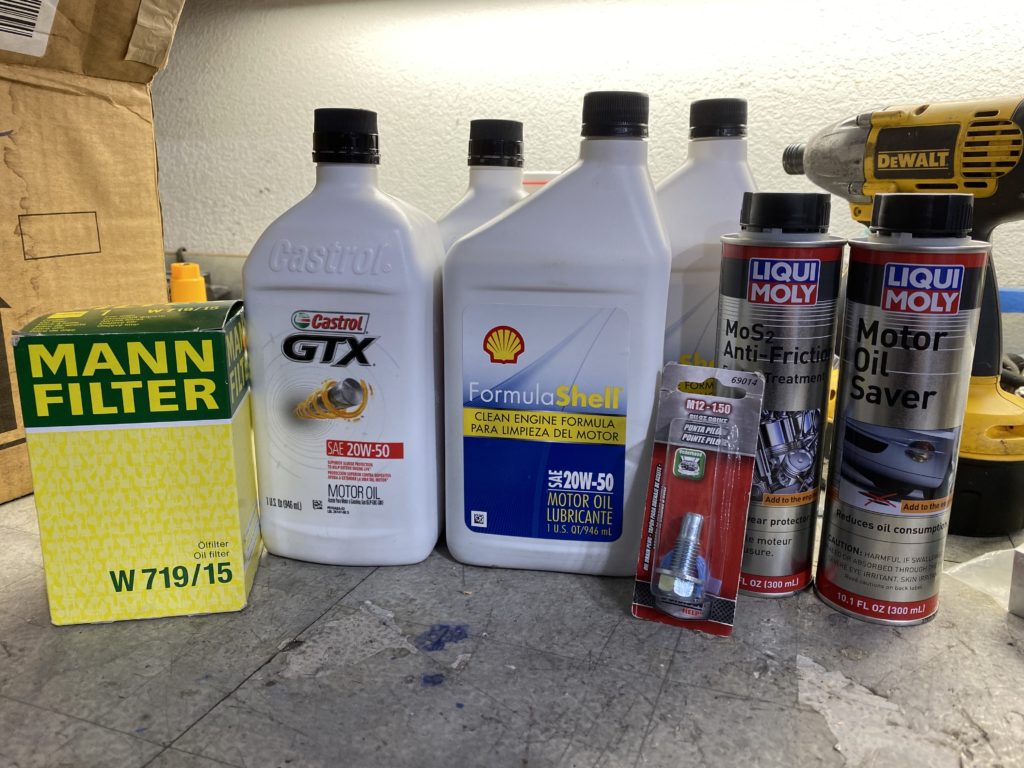
This is what it looks like when I change the oil in my E30. Yes, I mixed the oils and used a Dorman drain plug. No, I didn’t use the impact driver on the drain plug.
Octane boosters are another category I’d like to evaluate. Although I’ve been using fuel-system additives for years, I’ve only tried one octane booster, and the amount in the bottle probably wasn’t enough to make any tangible difference. I understand the purpose of octane boosters, and know that they were once a necessity when the quality and octane level of gas varied heavily, but these days it seems like they’re intended to improve performance. In the era of direct fuel injection and turbocharging, they could very well make a difference, but I don’t have the equipment to be able to tell—although I’d certainly like to know.
Speaking of direct injection, I stopped using Liqui Moly’s Valve Cleaner in my 135i, but the company recently came out with direct-injection version of their injector cleaner, and I can’t wait to try it.
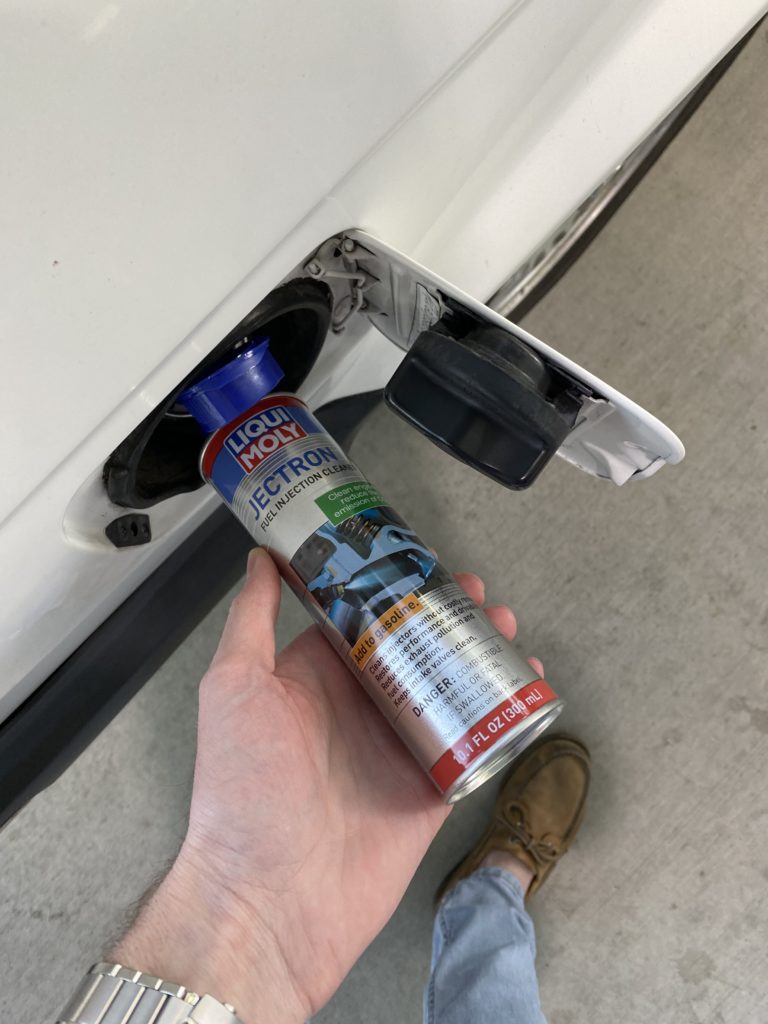
Do you run additives, or do you have enough faith in modern engines, oils, gasolines, and other fluids (or perhaps your warranty) to get the job done? And don’t worry, I’m just as obsessive about the actual oils and fluids, detailing products, tires, and just about everything else I buy and consume.—Alex Tock
[Photos courtesy Alex Tock.]

